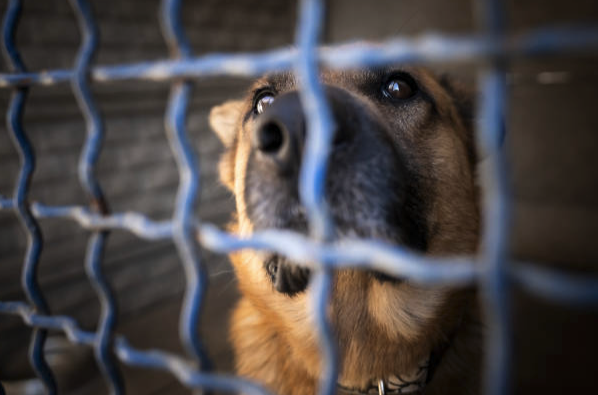We Can’t Save Them All (Why We Shouldn’t)
“Kill Shelter” or “No-Kill” has become part of the vocabulary. I want to present some information that might help people come up with another way to describe county shelters, such as our FCAS.
Our local government provides animal services for all pets and other animals in the community. The number of animals euthanized at any given municipal shelter directly reflects what is happening in the community concerning animals. This includes:
- Feral animals
- Population control (spay/neuter)
- Letting pets roam or not securing them
- Dumping them
- Puppy mills
- Vendors who work with puppy mills
- Poorly trained pets who are given up
- Major life changes that necessitate owner surrender
- Sick pets
Even the weather impacts how many animals are born or need shelter.
The Reality of “Kill Shelters”
The extent to which our local shelter is a “Kill Shelter” matches the degree to which our community is a Kill Community. It is a reflection of the pet population challenges that exist. The shelter didn’t cause the overpopulation problem. Shelter staff and volunteers care for each animal that comes through their doors using the available resources.
Part of being a responsible rescue or shelter is making difficult decisions, which are never taken lightly. Instead of criticizing them, figure out how we can work in our community to reduce the number of animals Animal Services has to make hard decisions about.
The Primary Goal of County Shelters
Your county shelter’s primary goal is to keep the community safe. This means adopting out safe dogs. Unfortunately, many dogs are not safe, and no amount of training or behavioral medications could make them safe. Many animals come to the shelter so psychologically damaged that the most humane thing to do is to end their suffering. We can’t save them all, and we shouldn’t.
The Risks of Adopting Unsafe Dogs
We risk a worst-case scenario when a well-meaning but often unequipped family adopts an unsafe dog:
- A dog afraid of strangers may bite a guest in the home.
- A dog-aggressive dog may injure or kill another dog.
When a dog bites a person or kills an animal, they must be quarantined for 10 days. (G.S. 130A-196) And then carefully managed in the home and in the yard. But management can and will likely fail at some point. And another offense comes with additional preventive methods and may result in fees and legal consequences.
The Hidden Consequences
The consequences of adopting a dog with behavior problems to a family that is not prepared are greater than they appear. Now we have a family working hard to manage and train their dog. They may work with a professional trainer and, often, a vet behaviorist. They spend many hours a week and hundreds, even thousands of dollars, rehabilitating the dog they love. The worst happens, and the dog bites again.
What next? There are not many options for a dog with a bite history:
- Rehoming a dog with an undisclosed bite history is unethical.
- There’s no line of people waiting to adopt a dog who will bite.
- If someone takes them, what will the dog’s life look like?
The Problem with Sanctuaries
Sanctuaries are few and far between. And many of these situations involve warehousing dogs, which leads to poor living conditions and quality of life for the dogs in their care.
Outsourcing Euthanasia
When a shelter or rescue adopts a dangerous dog, the burden of consequences lies with the adopter. When an adopter must make the truly awful decision to euthanize a dog they have accepted into their family, loved, trained, and fought for, it’s called “outsourcing euthanasia.” It leaves them with this heart-breaking decision and opens them up to judgment for a choice they should never, ever have needed to make.
Those adopters will never get another dog from a shelter or rescue. And, neither will any of their friends, family, or neighbors. Potential adopters will turn to breeders for their dogs, resulting in an increase of puppy brokering and backyard breeders.
A Difficult Reality
Of course, we wish we could save them all. But that isn’t fair to the dog, their family, and the dogs that come behind them.
How You Can Help
Find a way you can make a difference among the challenges. Get involved in:
- Spay/neuter funding
- Low-cost training programs
- Low-cost vet care
- Trap-neuter-release programs
- Volunteer at your local rescue or shelter
- Foster if you can
- Build a fence
Get involved.



